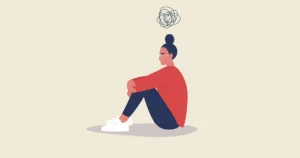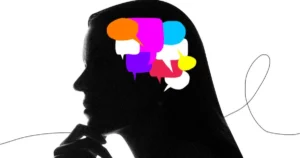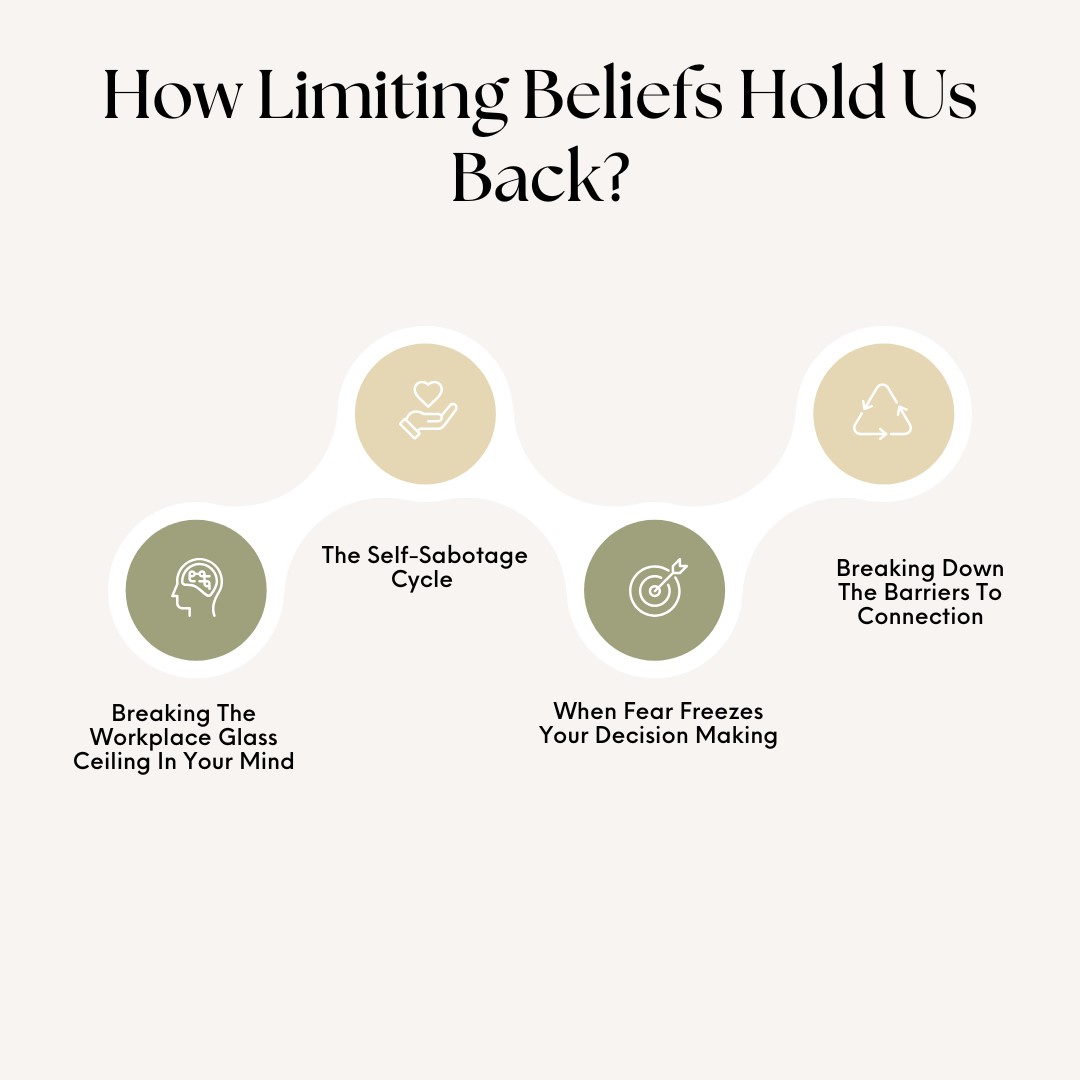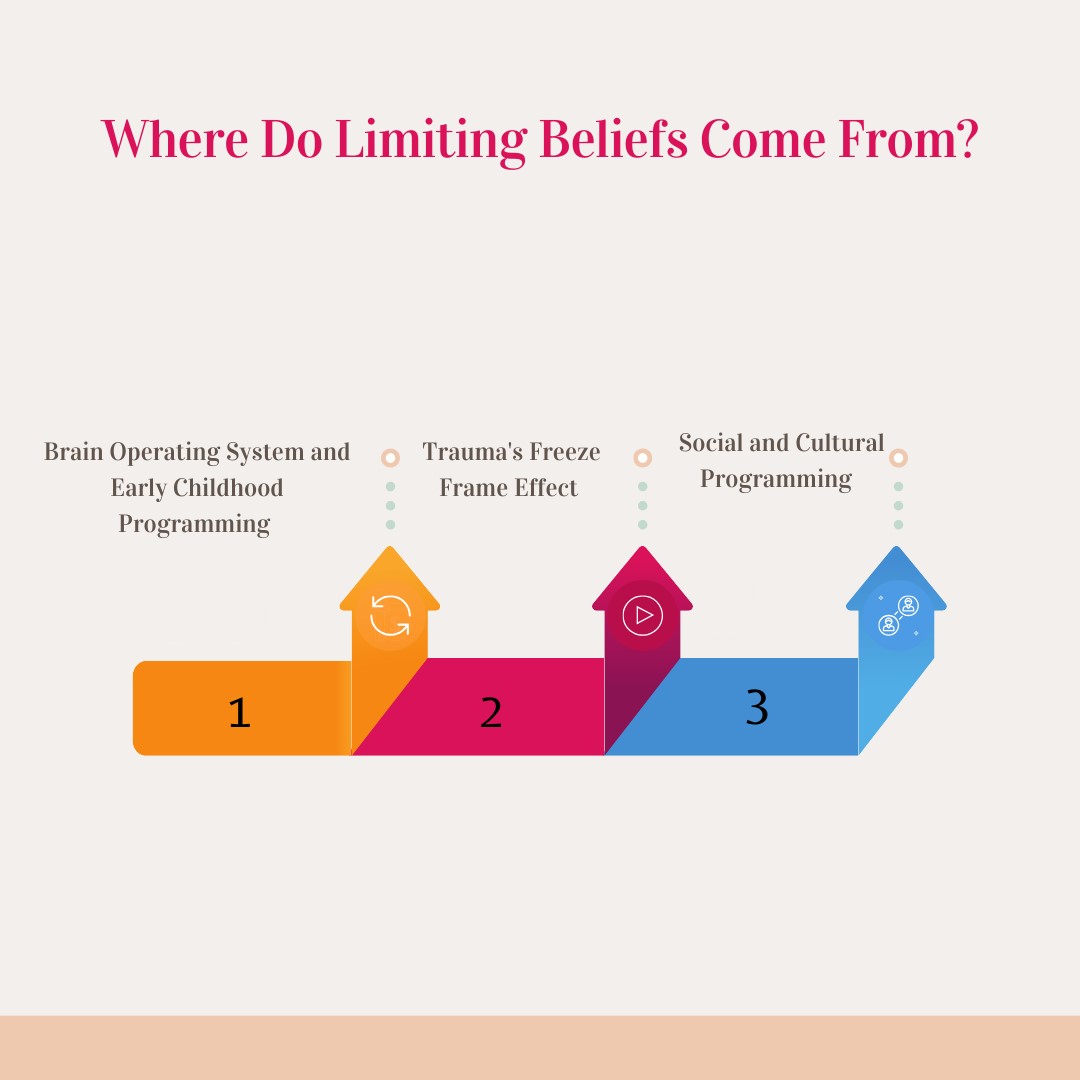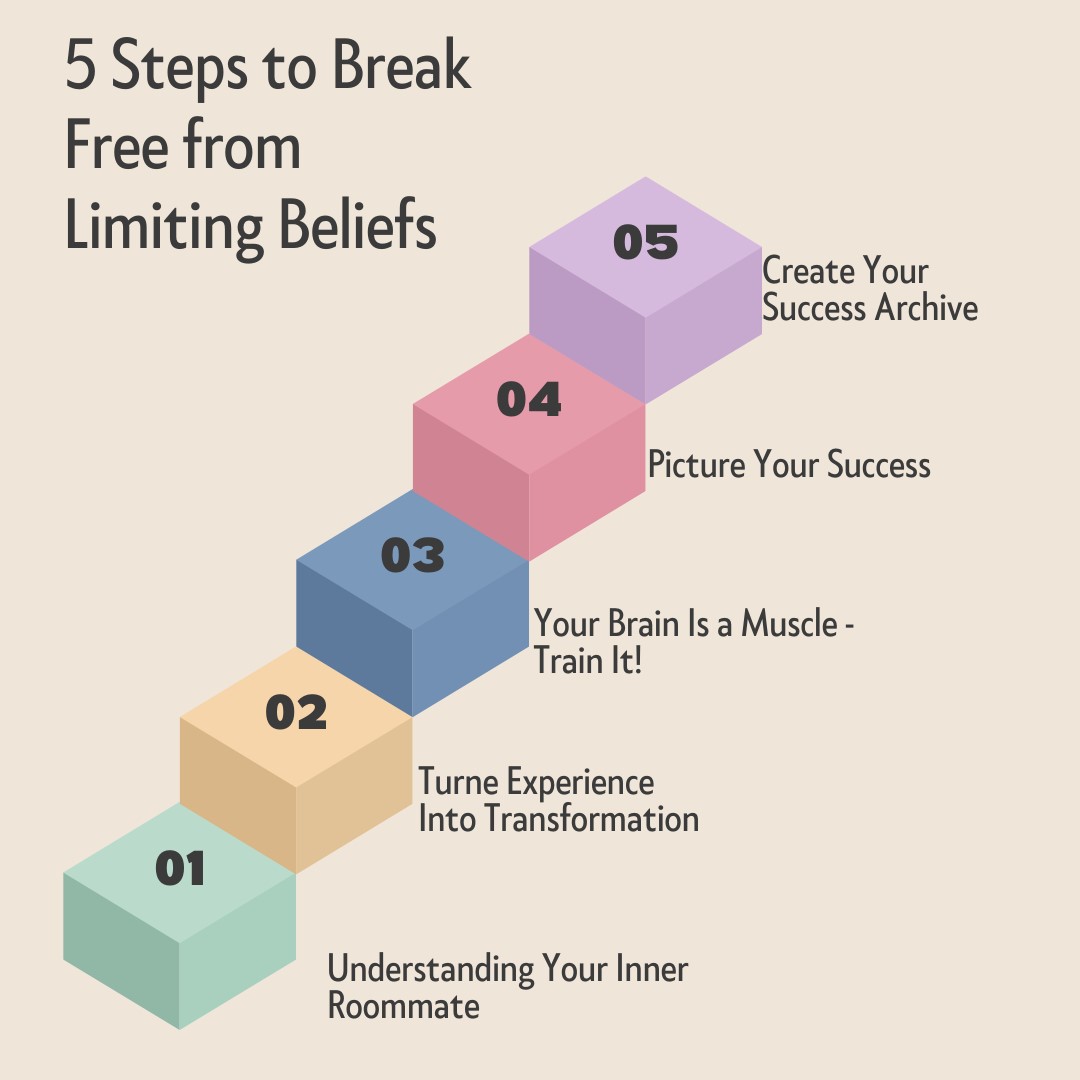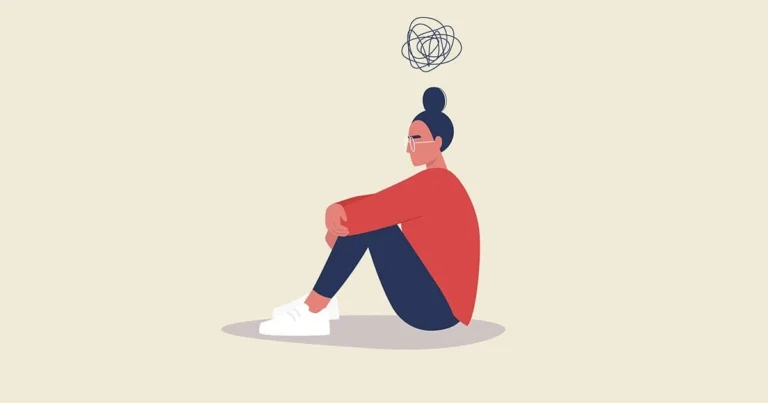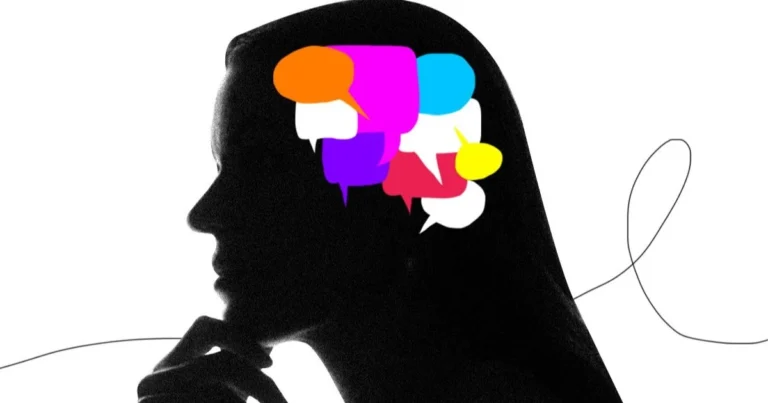Your brain is full of strange tricks ready to be used. Scientists caught it red-handed, exposing an undercover system of limiting ideas that have held millions behind. These are not simply ideas; they are severe mental blockages alerting you to “nope” when you need to be hearing “Hell Yes.” Studies from leading colleges show that these views are completely false, but they are affecting people’s success every day.
Ordinary people all around the world are breaking free from these mental prisons. Dr. Dweck’s groundbreaking study shows it isn’t ability or luck – it’s a straight-up attitude. Out of all the companies that risked questioning their past ideas, shockingly, 41.6% found great employees. In this article, we will go through all the answers to limiting beliefs so you can identify them and stop them right away.
What are Limiting Beliefs?
A limiting belief is one that prevents you from doing so. These thoughts seem real to you, but they are usually not real. Here are five typical limiting ideas people cope with:
- “It’s too late for me to start a new job.” However, many people successfully change fields in their 40s, 50s, and even 60s.
- “I’m not clever enough for college” – Intelligence is not fixed; many successful students came to believe they weren’t “college material.”
- “Public speaking isn’t for me” reminds us that even the most competent speakers began to be scared of crowds.
- “I will never be excellent at IT things”. Any age can share their computer talent; many tech professionals began their journey as total novices.
- “I can’t lose weight because it runs in my family; people change family habits all the time with the appropriate technique.”
What Studies Tell About Limiting Beliefs?
Research by Fuhs and Peper reveals the wild nature of these ideas. They investigated a man called Kawakami, who accomplished what most people would consider impossible: he put needles into his body without pain or blood. For what reason might he do this? Because he never came to believe that it was impossible. He only said, “Let me try and see what happens.”
Dr. Dweck’s research supports this idea as well. People who believe they can improve—she refers to this as a “growth mindset”—usually do much better than those who feel they are trapped with what they have. It’s really plain and simple: you begin to see possibilities rather than challenges when you abandon these limiting assumptions. The interesting thing is that these mental boundaries are not fixed. This is something we explore more deeply in The Power Of People’s Mindsets In Success: How Your Mindset Shapes Your Destiny.
According to both research, we are able to influence them. It’s not magic or a special skill; it’s about challenging what you think can be done. Every time you find yourself saying “I can’t” or “That’s impossible,” you might be confronting a limiting thought. You could challenge these ideas. You can get around these self-imposed barriers by using practice, education, and an open attitude to new opportunities.
How Limiting Beliefs Hold Us Back?
Limiting beliefs are covert saboteurs that steal your potential without your awareness. Recent studies by O’Connor show that mental blocks can have serious effects in the real world. The data reveals that 65.5% of people miss out on great chances because their views discourage them before they even try.
1- Breaking The Workplace Glass Ceiling In Your Mind
O’Connor’s study shows something interesting about how our minds limit our career growth. The research looked at companies that hired persons with criminal backgrounds and found that the majority had severe concerns at first.
But here’s the cool part – after taking a chance, 41.6% had good experiences, and 11.3% had great experiences. This totally turned their original limited views upside down. These managers had made up problems that weren’t real. Think about your career.
You might have thought, “I’m not good enough,” or “They won’t choose me for that job.” These thoughts are like unseen walls that you’ve created around yourself.
When employers in O’Connor’s research overcame their limiting preconceptions, they uncovered talented workers they would have overlooked otherwise. The same is true when you question your own career-limiting beliefs; formerly impossible chances become available.
2- The Self-Sabotage Cycle – How Your Thoughts Shape Your Life
Jervis’ study has revealed a mind-bending idea: your beliefs may make themselves real, even if they weren’t true in the first place. It’s a sad cycle: you think you can’t do something, so you don’t try, and that makes you think you’re right about not being able to do it.
This pattern, which Jervis saw repeating in every kind of situation, shows how our ideas can lock us in an endless loop of self-fulfilling judgments. Now for the really shocking part. Most of these predictions are totally false.
Consider the common thought: “I’m too old to learn code.” Because of this belief, they never enroll in code classes. They never practice coding at home. They don’t apply for basic tech jobs. Then, months later, they use their lack of coding abilities as “evidence” that they were too old – when in reality, they just never gave themselves the opportunity.
Belief shapes reality, not the reverse.
3- When Fear Freezes Your Decision Making
based on O’Connor’s studies, 65.5% of managers who bet on employing someone with a criminal past said they were willing to do it once again. This exposes something very important about our decision-making: our uncertainty about the future usually prevents us from acting. These leaders pushed past their mental barrier and found success on the other side by taking that first move, even if they might have remained stuck in their original worries.
The frightening aspect is the number of possibilities we pass on because of this mental block. People postpone choices every day as they are caught by questions like “What if I fail?” or “What if it’s the incorrect choice?” These are limiting beliefs that lead to a paralysis of decision-making, not merely random fears.
4- Breaking Down The Barriers To Connection
According to Jervis’s studies, our brains filter our encounters by means of our beliefs and expectations. In relationships, these screens can act like walls that prevent others from getting close. We tell ourselves who we are and what we deserve, not simply being quiet or introverted.
Remember the last time you wanted to talk to someone but decided not to? Perhaps you convinced yourself, “I’m not appealing enough,” or “They most certainly won’t be interested in chatting to me.” Jervis discovered that these aren’t just temporary thoughts; they are strong ideas that influence how we relate to others.
Where Do Limiting Beliefs Come From?
Your brain didn’t come up with these limiting beliefs on its own – they’re actually downloaded from a mix of personal experiences, family patterns, and social programming.
Brain Operating System: Early Childhood Programming
Those first seven years are when we download our essential assumptions about the world, ourselves, and what’s possible, not simply walking and talking. Think of a kid whose parent often says things like, “We don’t have a lot of money” or “Money is hard to come by.”
That child is not just learning about money; they are gaining a full understanding of wealth, chances for success, and their role in the economy. Similarly, when young kids hear “Be cautious!” every time they attempt anything new, they are not just getting safety advice but also getting a deep-seated belief in risk and competence.
Trauma’s Freeze Frame Effect
A single intense bad event may form a mental image that evolves into a lifetime of restricting beliefs. Sarah is a great marketing executive, but she still gets nervous before team talks. Why?
Twenty years ago, when she was in eighth grade, she tripped over her words while giving a speech, and some students laughed. That moment led to a strong belief: “Speaking in public is dangerous.” The brain, in an effort to keep us safe, collects painful memories and makes them into general lessons.
The Hidden Cage: Social and Cultural Programming
Our views are shaped by an unseen architect: society itself. Cultural training is like an unseen barrier; we often hold ourselves back without realizing it. This influence comes from many sources:
- Family customs
- Words from the media
- Social media
- What the community expects from us
It’s strong because it usually goes unsaid. We take in ideas about what is “average,” “acceptable,” or “possible” for people like us without ever doubting if they are true. What’s the sneakier part? We often misinterpret societal constraints as personal decisions, unaware that our “I can’t” may be society’s “you shouldn’t.”
5 Steps to Break Free from Limiting Beliefs
These next game-changing steps aren’t just theory – they’re battle-tested strategies backed by hard research and real success stories.
1- Understanding Your Inner Roommate
The voice in your head that tells you what you can’t do is called your “Roommate” by CCC training. This inner voice shows up when you face difficulties, saying things like “. You’re not good enough” or “This won’t work.” You should not battle these ideas. Just note them. When you begin to notice your thoughts without trying to change them, you’ll see trends in how your mind tries to stop you.
Simple Tips to Begin (From CCC Training and Moore’s Research):
- As negative ideas surface, jot them down; avoid judgment; just note them.
- When your inner voice comes up most frequently—during new problems or major decisions—note it.
- Track trends in your limiting beliefs—are they about jobs, relationships, or skills?
- Spend five minutes each morning just listening to your thoughts.
- Keep a “thinking diary” focusing on times when you felt limited or trapped.
- Practice real-time detecting limiting beliefs without attempting to change them.
- Tag your ideas: “There’s my Roommate chatting again”.
2- Turn Experience Into Transformation
In 2024, Cox and his group came onto something rather amazing. It’s much more likely for people to change their minds when they see proof that their views may not be true.
This 2024 Cox study looked at more than 2,000 drivers, which is a pretty big group, right? Then, I discovered that after people really understood the facts, they would say, “Oh snap, maybe I need to reconsider this.”
Also, 84% of drivers said, “Nope, not using my phone while driving anymore,” when they understood that their behavior may harm others. It’s crazy how real proof can completely change how we think!
Here are some smart ways to fight those annoying limiting beliefs — straight from the research:
- Keep it genuine; monitor your actual behavior against your belief of what you cannot do.
- Search for real-life situations that disprove your concerns to play a researcher.
- Stay to facts; avoid those “what if” ideas for strong proof.
- Write down each time you disprove yourself to be your own cheerleader.
- Use modest steps to identify little victories against your negative ideas.
- Start a “proof notebook” and gather data showing your concerns are misleading you.
3- Your Brain Is a Muscle – Train It!
According to Stanford’s Growth Mindset study, your brain is much more adaptable than you may realize! According to their research, students did better in school when they thought they could get smarter instead of thinking they were stuck with how smart they were.
When teachers talked about their own problems and how they learned (yes, teachers make mistakes, too!), students felt more ready to deal with tough situations. Being “smart” isn’t a given; you have to work at it and believe you can improve.
Here are some doable strategies for developing a growth mindset based on Stanford research:
- Replace “I’m not good at this” with “yet” at the end!
- Share your challenges and how you defeated them; it will inspire others.
- Pay attention to the process rather than just finding the correct response.
- View comments as an opportunity for personal development rather than punishment.
- Honor hard work and growth, not just the end effect.
- Ask questions when you find yourself unsure; that is how you grow.
- Instead of “I can’t,” say “I’m learning to.”
4- Picture Your Success: The Power of Mental Imagery
University of Plymouth Functional Imagery Training (FIT) study shows that your brain is fired up to make things happen when you really picture yourself succeeding. It’s a lot stronger than thinking.
The research shows that people are more likely to reach their goals if they actively practice picturing them. This is true of both athletes who want to win and people who want to form better habits. Once you regularly practice this image, it begins to reset your brain to believe in your achievement, just like brushing your teeth does!
Here are some useful FIT tips based on Plymouth’s research:
- Beginning with little daily visual exercises,
- Connect your visual practice to daily tasks (like morning coffee).
- Imagine yourself achieving in great vivid clarity.
- See your objectives with all of your senses.
- Visualize at the same time every day.
- Make precise mental “movies” to reach your objectives.
- See yourself effectively overcoming obstacles.
- Link your images to doable activities you may do.
5- Create Your Success Archive
Ever seen how your brain forgets the successes while loving to recall all the times things went wrong? Now let us turn it around. This is like making your own highlight reel but for real life. Your brain begins to understand, “Wait, maybe I’m really very good at this!” when you gather proof of your successes, even the little ones. The great thing is that every little victory counts, and, believe me, they mount up quickly without needing great success.
- Either open a notes app folder named “My Wins” or choose a notebook.
- Note three things you smashed that week every Sunday night.
- Text your buddies requesting, “What do you think I’m best at?”
- Take screenshots of every kind of praise or message you come across.
- Make a folder on your phone for your successes.
Letting Go is a Continuous Process
No shortcuts here, but breaking free from limited ideas is a process that lasts a lifetime. Your brain is very typical in loving to throw away questions your way. Employers destroyed their old presumptions and discovered rockstar staff, students hit their academic objectives out of the park, and Kawakami straight-up defied what everyone believed was possible with the whole needle thing.
Quite an amazing thing. You already have the tools to bring this about. Start small: write down those negative ideas, see yourself smashing your goals down, or just add “yet” when your head screams “nay.”
If you’re serious about breaking free from limiting beliefs and taking real control of your mindset, “Don’t Be a Crab” by Hooman Motevalli goes even further—offering practical, no-fluff tools to help you take action and change your life for good. Click here to begin your transformation.



